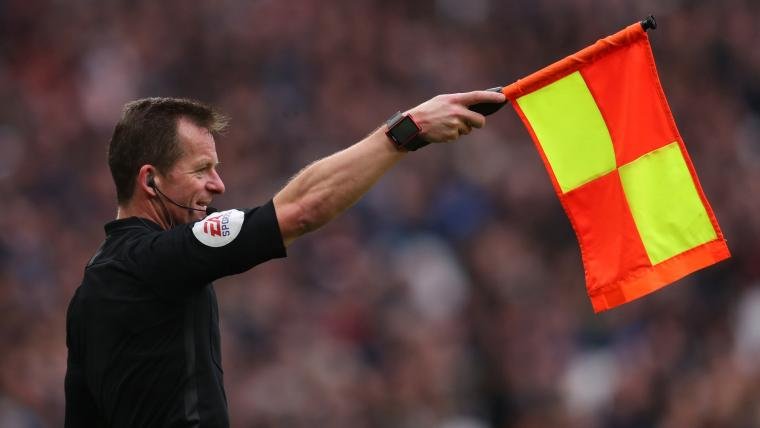Offside Rule Explained - A Guide for Referees
The offside rule is one of the most debated and critical aspects of football officiating. As a referee, applying the offside rule correctly can be challenging, yet it is crucial to ensure fair play and maintain the integrity of the game. In this article, we'll break down the offside rule and provide referees with a comprehensive guide on how to apply it effectively.
Understanding the Offside Rule
The offside law is designed to prevent goal-hanging and promote fair play. A player is considered offside if they are nearer to the opponent's goal line than both the ball and the second-to-last defender (usually the last outfield player) at the moment the ball is played to them.
Are you still unsure about the offside rule? Let’s dig deeper into how it works by understanding the key components of the rule and how to utilise assistant referees.
Role of Assistant Referees
Assistant referees play a crucial role in offside decisions. Positioned along the touchline, they have a clear view of the offside line and are primarily responsible for signalling potential offside infractions. The assistant referee must align perfectly with the second-last defender to accurately judge offside positions. They use their flag to signal when they believe an offside offence has occurred, but the final decision always rests with the main referee.
Key Components for Referees
There are three key components that referees must consider when making offside calls:
1. Position at the Time of the Pass: As a referee, you must focus on the moment when the ball is played by the attacking team's player. This precise instant is critical for assessing the position of the potentially offside player.
2. Active Involvement in the Play: An offside position alone is not an offence. Referees should only penalise a player if they become actively involved in the play. This involvement can take three forms: a) Receiving the ball from a teammate b) Interfering with an opponent's ability to play the ball or c) Gaining an advantage from their offside position.
3. Identifying the Offside Line: Assistant referees must quickly locate the second-to-last defender, excluding the goalkeeper. This player's position establishes the offside line, against which the attacking player's position is judged.
Communication
It is very important to establish and maintain effective communication with assistant referees. Regular communication and collaboration enhance the accuracy of offside decisions. The assistant will likely be closer and communicate their decision by waving their flag. Make sure you’ve got eyes on them so you can catch the offside too.
Clear and concise communication is vital when applying the offside law, and can be done in one of two ways:
Verbal Communication: Clearly announce the reason for the decision, for example, “Offside!” or “Player in an offside position!”
Whistle: Referees should blow their whistle with a sharp, clear blast to stop play
Flag Signals: Assistant referees should use a deliberate flag signal to indicate an offside offence
Continuous Learning
The offside law can be intricate, and interpretations may evolve. Referees should engage in continuous learning by attending workshops, reviewing match footage, and staying updated on law changes. Seeking feedback from mentors and experienced officials can further enhance your understanding and application of the offside law.
A great start would be checking out REFSIX’s “Perfecting Assistant Referee Signals” video. In this video, we take you through the most important signals you will need as an assistant referee as well as hints and tips on how to improve them.
Conclusion
Mastering the offside law is an ongoing process that requires a keen understanding of player positioning, active involvement, and effective communication. Referees play a pivotal role in upholding the integrity of the game, and by applying the offside law accurately, they contribute to fair play and a level playing field for all teams. Stay committed to continuous learning, stay sharp on the field, and officiate with confidence to ensure the beautiful game is played within the spirit of the laws.
If you’ve mastered the offside rule, how about trying REFSIX to take your refereeing to the next level.





